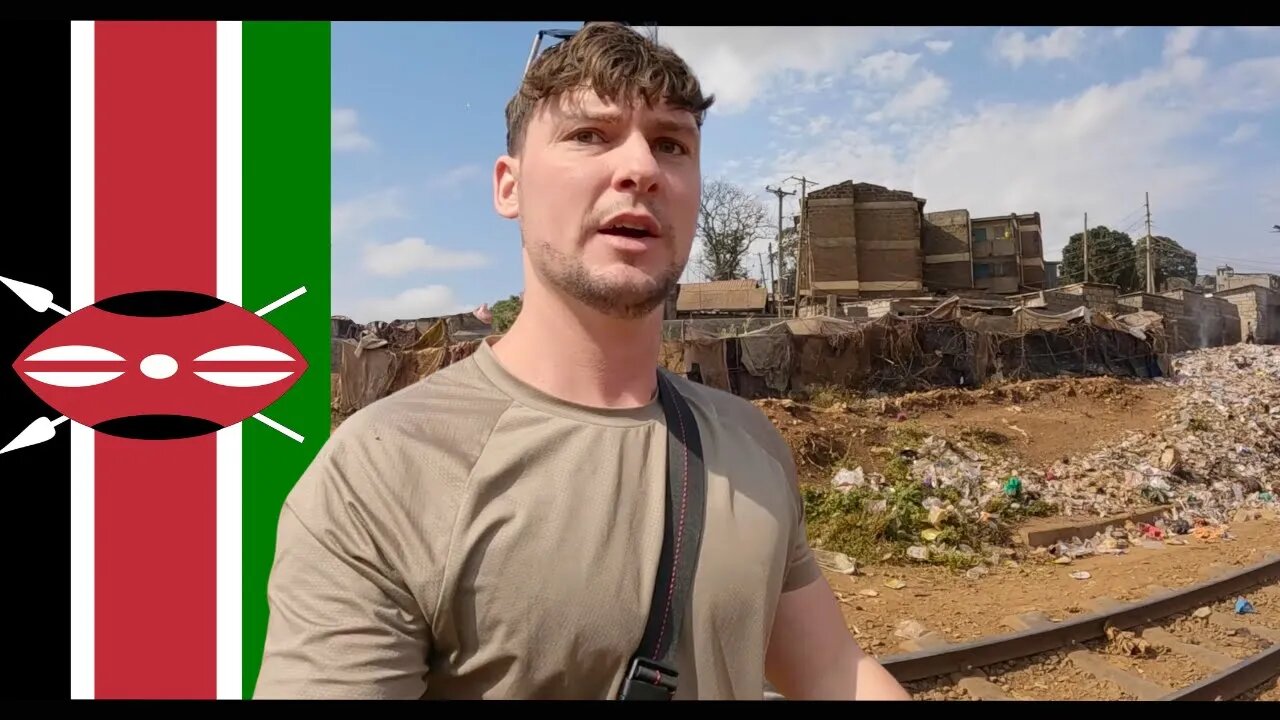Premium Only Content

Solo in Africa's Biggest Slum | Kibera 🇰🇪
In the late 1880s, Nubian soldiers from Sudan were incorporated into the British Army to fight in East Africa. The King’s African Rifles, as they would become known, were designated 4,000 acres of land to settle just outside of Nairobi, Kenya.
By 1915, the colonial government began categorising Kenyan tribes and settling them on “Native Reserves.” Nairobi was to be a European only settlements, and laws were passed restricted the natives from buying land in the highlands. The British intentionally classed the Nubians as a tribe not native to Kenya. Denied them a Native Reserve,
prior to Kenyan independence in 1963, no efforts were made by the British or the new Kenyan government to legitimise the Nubians as a recognised community in Kenya, and land rights to Kibera were not secured.
Upon independence, most Nubians became stateless. and the kibra was classified as an illegal settlement, removing the government from any obligation to provide even basic services in the region.
Population of Kibera at at independence was approximately 5000, but due to its proximity to Nairobi, Kibera became the go to destination for migrants fleeing rural poverty, ethnic conflicts and wars in neighbouring countries. By the turn of the century hundreds of thousands of people from all over Kenya and beyond called Kibera home.
Today there are anywhere between 250,000 and 1,200,000 people living in the biggest slum in Africa. Today I walked around, met incredible people and learned about the struggles and the mindset of the people who live here.
The quote was misattributed to Bob Marley. Actual quote is from Carter Goodwin Woodson, founder of the Association for study of African American Life and History.
For a tour of Kibera and elsewhere in Kenya contact Austin on instagram or via text:
Insta: @Austin Odhyse
Tel: (+254 (0) 713838823
-
 2:16:36
2:16:36
Side Scrollers Podcast
18 hours agoStreamer KICKED OUT of Renaissance Fair for Misgendering + Spiderman MELTDOWN | Side Scrollers Live
39.8K7 -
 12:29
12:29
The Pascal Show
1 day ago $1.14 earnedLOCKED IN A DUNGEON?! Parents Arrested After 5 Children Found In 'Dungeon' At Home
9.96K3 -
 LIVE
LIVE
Lofi Girl
2 years agoSynthwave Radio 🌌 - beats to chill/game to
253 watching -
 3:07:24
3:07:24
FreshandFit
10 hours agoPrivileged Nigerian Thinks Women Created Everything: HEATED DEBATE
146K80 -
 5:57:27
5:57:27
SpartakusLIVE
11 hours agoNEW Update - BROKEN Attachment || Viewers REJOICE at the long-awaited Return of Their KING
77.9K -
 2:06:31
2:06:31
TimcastIRL
10 hours agoTrump To Deploy National Guard To Portland, Antifa Has Been WIPED OUT | Timcast IRL
195K175 -
 2:30:00
2:30:00
Laura Loomer
12 hours agoEP142: Loomer Prompts Calls For FBI To Investigate Palestinian Youth Movement
52.7K22 -
 1:26:34
1:26:34
Man in America
14 hours agoExposing the Cover-Up That Could Collapse Big Medicine: Parasites
59K32 -
 4:53:00
4:53:00
CHiLi XDD
10 hours agoTekken Fight Night
31.4K1 -
 9:25:57
9:25:57
ItsLancOfficial
15 hours agoFREAKY FRIDAY-GETTING FRIED-WELP! #TOTS
31.1K3